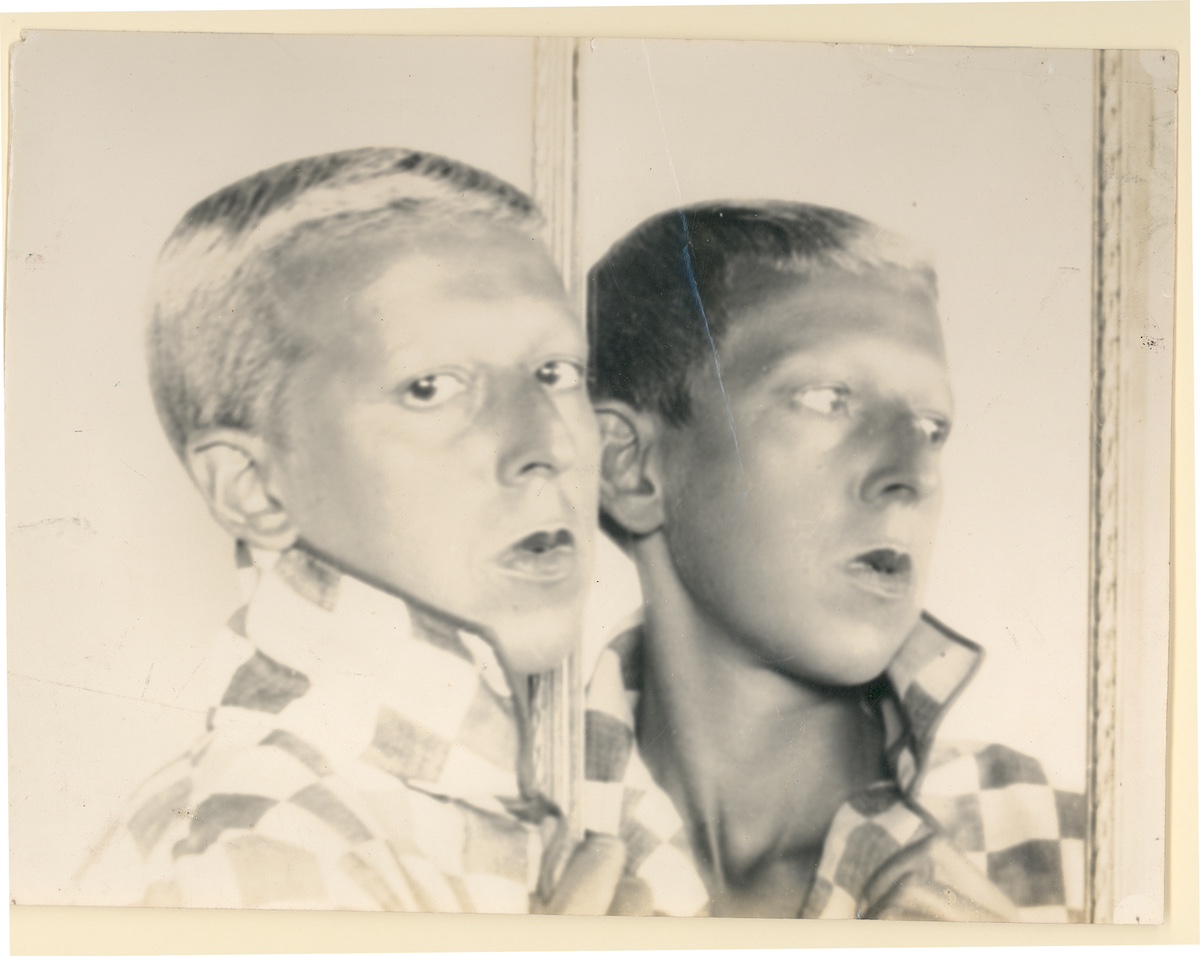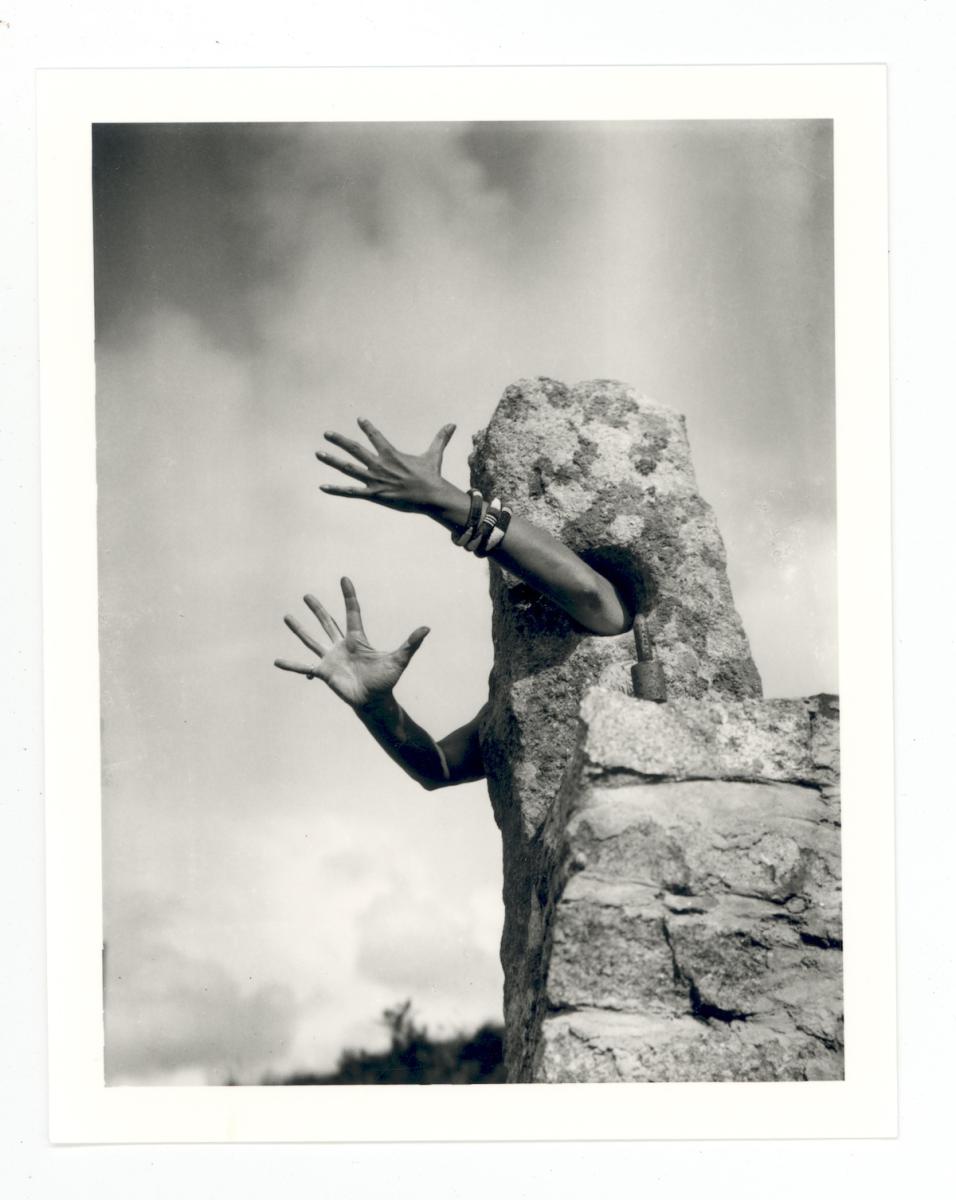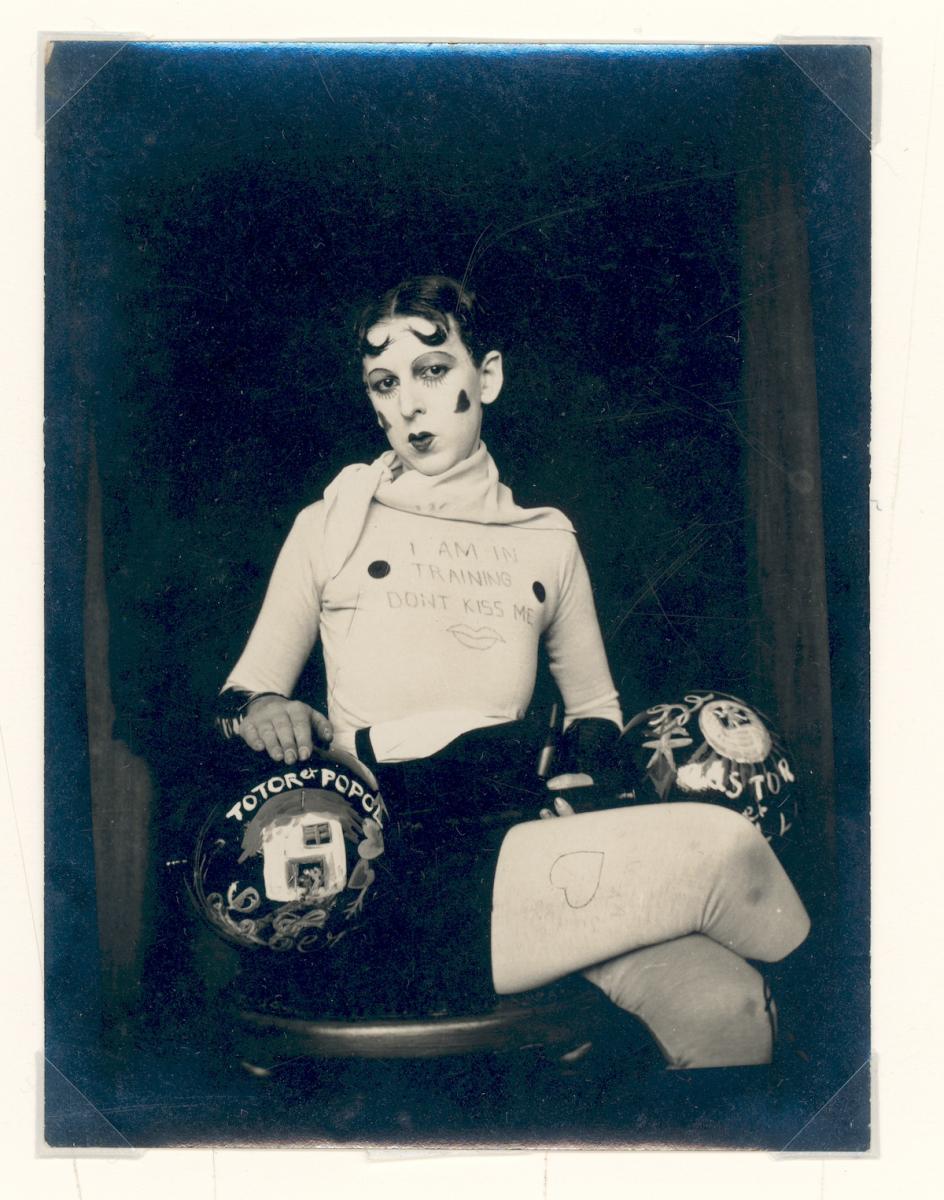This wonderful Cornish workshop and museum is dedicated to the legacy of studio pottery trailblazer Bernard Leach
The things you need to know about the remarkable artist Claude Cahun
The things you need to know about the remarkable artist Claude Cahun
5 Apr 2024
Claude Cahun was fearless in her life and art. As a show of her art has opened in Cumbria, we ask curator Helen Stalker for the key facts about this boundary breaker
 Claude Cahun, Self Portrait, 1928. Image: Courtesy and copyright Jersey Heritage
Claude Cahun, Self Portrait, 1928. Image: Courtesy and copyright Jersey Heritage
Who was Claude Cahun?
Cahun (1894–1954) was a French artist and writer, now famed for her powerful photographic works. She was born Lucy Schwob into a creative Jewish family; later, in 1917, she assumed the pseudonym Claude Cahun – a gender-neutral first name, with her grandmother’s surname. With this new identity, she distanced herself from the confines of both gender and association with her high-profile family name. In 1938, with the Nazi occupation of France on the horizon, Cahun fled to Jersey with her stepsister, lover and collaborator, Marcel Moore. They built a life together, continuing to create works experimenting with the representation of gender, landscape and identity.
What did her art practice cover?
Cahun worked across writing, sculpture, photomontage, photography and performance. By exploring a variety of media she merged dreamworlds with everyday reality, embracing the idea of multiple realities and identities. Working with Moore she upended the dominant notion of the singular male artist. She used props, including masks, dolls and costumes, and natural forms, too, to disrupt reality. Central to her work was the exploration of an ever-changing ‘self’. Her images present theatrical tableaux or masquerades where location, age, gender and identity are distorted and character is inconsistent.
 Surreal eye: Claude Cahun’s Je Tends Les Bras (I Extend My Arms), 1931. Image: Courtesy and copyright Jersey Heritage
Surreal eye: Claude Cahun’s Je Tends Les Bras (I Extend My Arms), 1931. Image: Courtesy and copyright Jersey Heritage
Was she associated with an art movement?
During her education in Paris Cahun was involved with the early days of the Surrealist Movement. She was friends with several Surrealists and met their founder, artist André Breton, who described her as ‘one of the most curious spirits of our time’. Although her work resonated strongly with Surrealism, Cahun never became a formal member of the group; instead she allowed herself the freedom to create beyond the constraints of groups or genre.
Was there a political element to her work?
One group she did join was the Association of Revolutionary Writers and Artists, founded in 1932 to deploy such figures in the fight against fascism. After fleeing to Jersey, Cahun and Moore continued resistance to Nazism by secretly publishing leaflets on the island, encouraging mutiny. Under the combined pseudonym of ‘The Soldier with No Name’, the two covertly distributed these to occupying soldiers. Eventually they were discovered and, in 1944, sentenced to death. Fortunately, they escaped subsequent execution when Jersey was liberated by allied forces in 1945.

Claude Cahun, I am in training, don’t kiss me, 1927. Image: Courtesy and copyright Jersey Heritage
Was Cahun famous in her lifetime?
She was largely unknown; many of her photographs have only recently received critical attention. When Cahun and Moore were tried and sentenced, most of their artworks were confiscated while they awaited execution. Cahun also kept much of her work relatively private; it wasn’t until decades after her death that art historian François Leperlier discovered her self-portraits and introduced them to Surrealist art history. It’s thought Cahun’s refusal to be pinned to a particular movement, gender, identity or faction resulted in her becoming a ‘blind spot’ in the history of modern art.
Why are we talking about her work now?
Cahun’s legacy and influence is apparent in the work of later artists such as Gillian Wearing, Cindy Sherman and Francesca Woodman. Her take on feminist and queer theory is indisputable, while her fluid, playful and performative approach to gender cleared the way for fashion designers such as Maria Grazia Chiuri and performers like David Bowie. Her influence as an artist-activist – her rebellion in life and art, her feminism and lesbianism and refusal of binary norms – is still felt today. As Cahun herself wrote: ‘Masculine? Feminine? It depends on the situation. Neuter is the only gender that always suits me.’
SEE
Claude Cahun: Beneath this Mask
Until 3 August, Abbot Hall, Cumbria; abbothall.org.uk
This is a Hayward Gallery Touring exhibition in collaboration with Jersey Heritage, it was first presented at the Women of the World Festival 2015, Southbank Centre, and was curated by Gilly Fox, assistant curator at Hayward Gallery Touring
EXPLORE
An art story every month with our ‘Instant Expert’ email; sign up at theartssociety.org/signup
About the Author
Helen Stalker
is the head of curatorial and learning at Lakeland Arts, which hosts the exhibition at Abbot Hall
JOIN OUR MAILING LIST
Become an instant expert!
Find out more about the arts by becoming a Supporter of The Arts Society.
For just £20 a year you will receive invitations to exclusive member events and courses, special offers and concessions, our regular newsletter and our beautiful arts magazine, full of news, views, events and artist profiles.
FIND YOUR NEAREST SOCIETY
MORE FEATURES
Ever wanted to write a crime novel? As Britain’s annual crime writing festival opens, we uncover some top leads
It’s just 10 days until the Summer Olympic Games open in Paris. To mark the moment, Simon Inglis reveals how art and design play a key part in this, the world’s most spectacular multi-sport competition



